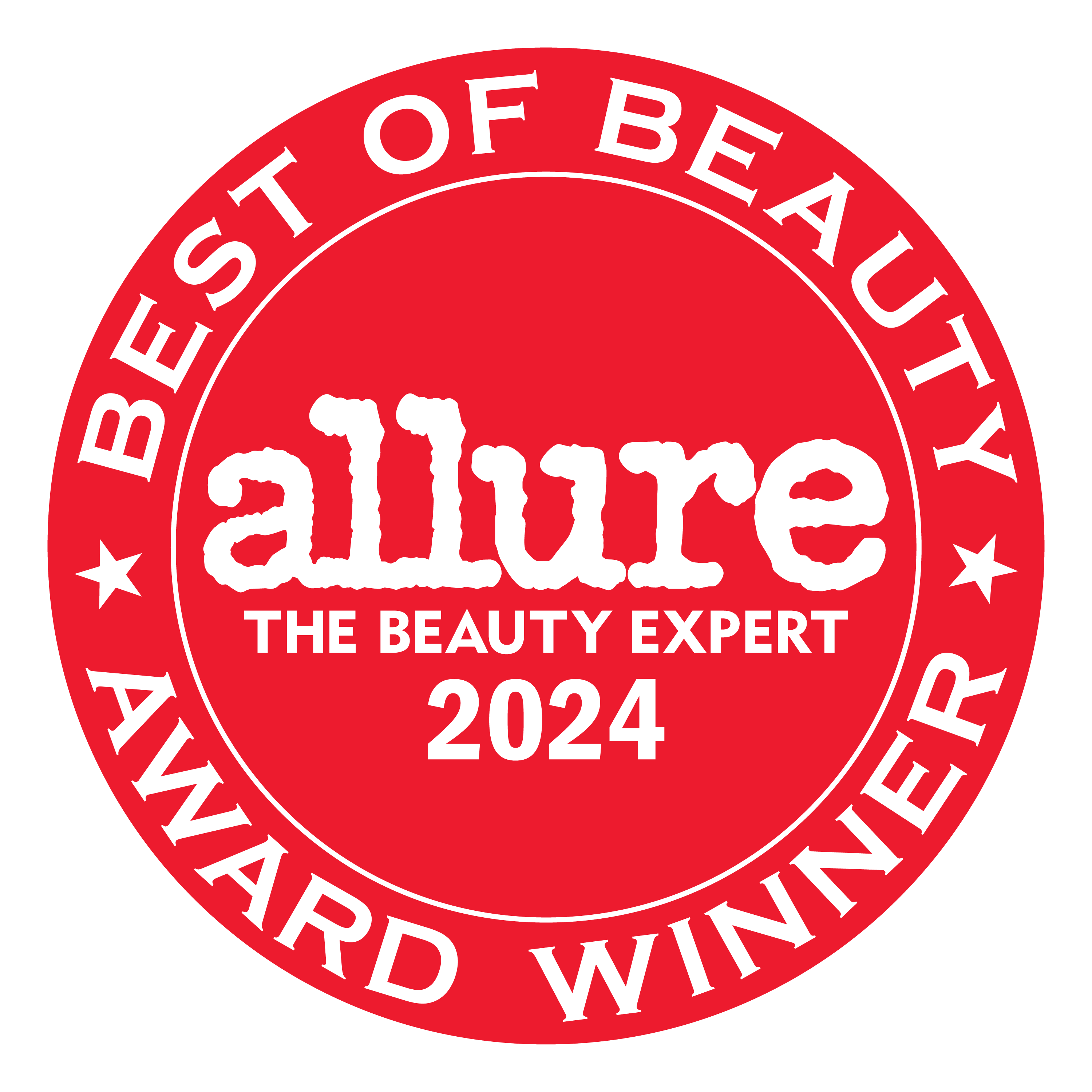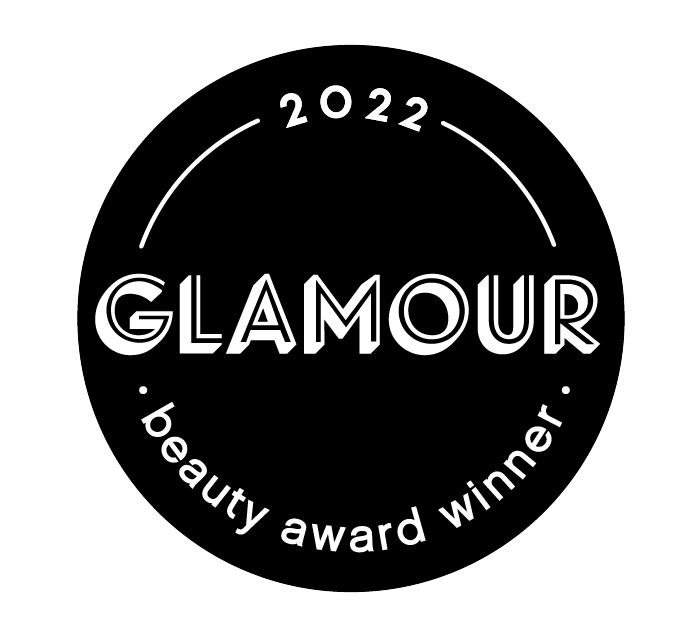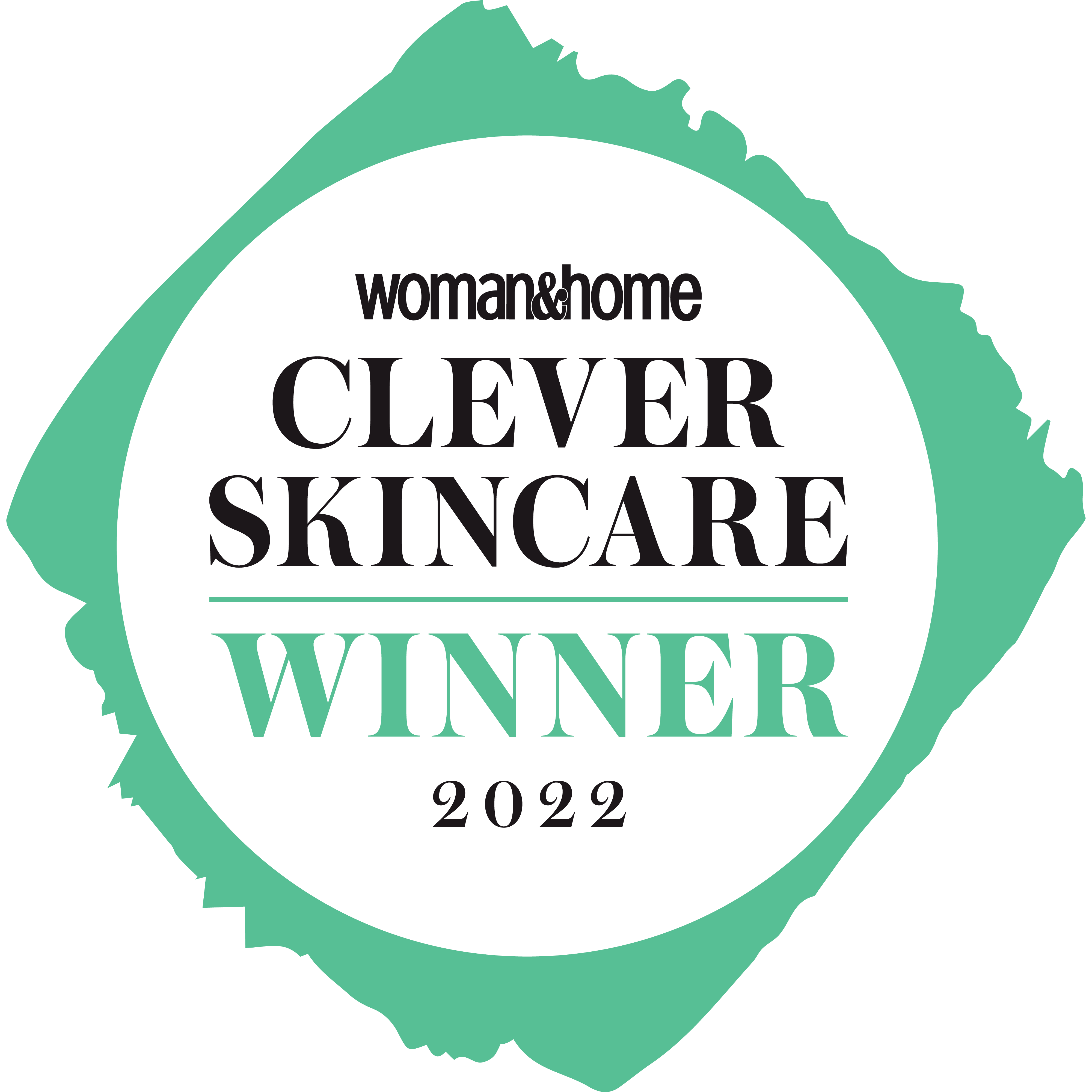Back to Basics: Exfoliation
![]()
Our skin is the largest organ of our body. And it's impressively renewable, consistently shedding dead skin and producing a new supply of skin cells. However, it can sometimes take our skin cells longer to turnover due to sun exposure, aging, stress, hormones, and other factors. This slowdown can cause dead skin cells to remain on the skin’s surface and build up, making our skin feel dull, dry, rough, and congested. That's where exfoliation comes into play. Incorporating exfoliants into your skincare regimen can help remove the buildup of dead skin cells.
If you're suffering from a lackluster complexion and want to take steps toward smoother, brighter-looking skin, here's what you need to know about exfoliation – starting with the basics.
If you're suffering from a lackluster complexion and want to take steps toward smoother, brighter-looking skin, here's what you need to know about exfoliation – starting with the basics.
What is Exfoliation?
Exfoliation is simply the process of removing dead skin cells from the surface layer of your skin. It typically happens in two ways: physically or chemically.
As the name suggests, physical exfoliators manually remove dead cells from your skin’s surface with scrub-like ingredients. Think sugar, salt, coffee grounds, or ground seeds.
Chemical exfoliators, on the other hand, use a topical acid to loosen and dissolve the ‘glue’ that keeps dead skin cells together. These types of exfoliants support the skin’s natural shedding process, allowing new skin cells to come up to the surface.
Using exfoliating acids might seem a little daunting at first, but they can be quite gentle – helping boost cell turnover without friction or abrasive materials. Let's dive deeper into how exactly exfoliating acids work.
As the name suggests, physical exfoliators manually remove dead cells from your skin’s surface with scrub-like ingredients. Think sugar, salt, coffee grounds, or ground seeds.
Chemical exfoliators, on the other hand, use a topical acid to loosen and dissolve the ‘glue’ that keeps dead skin cells together. These types of exfoliants support the skin’s natural shedding process, allowing new skin cells to come up to the surface.
Using exfoliating acids might seem a little daunting at first, but they can be quite gentle – helping boost cell turnover without friction or abrasive materials. Let's dive deeper into how exactly exfoliating acids work.
AHAs
Alpha hydroxy acids (AHAs) gently break down the ‘glue-like' bond that holds dead skin cells together. These water-soluble acids are known to improve texture and tone and reduce the appearance of dark spots. Many AHAs in skincare can also support skin hydration because of their humectant properties (aka their ability to hold onto water).
Because there are so many AHAs with varying origins, strengths, and benefits, you can choose the one that is most suited for your skin. Here's a look at three of the most common AHAs:
It’s important to note, however, that the higher the strength of an AHA doesn’t always mean better and faster results. Which one you choose will highly depend on your skin type and what you want to address.
- Glycolic acid has the smallest molecule weight of the direct acids within The Ordinary’s offering, allowing for a quick delivery of the active. Formulas like our Glycolic Acid 7% Exfoliating Toner work by exfoliating the uppermost layers of the epidermis and revealing new skin underneath. This helps to smooth texture and reduce the appearance of lines and wrinkles.
- Since it has a larger molecular weight than glycolic acid, lactic acid works at a slightly slower pace. Our Lactic Acid 10% + HA exfoliant, for example, is a great choice for dry skin types. It’s also supported with purified Tasmanian pepperberry extract, which has been known to reduce signs of irritation.
- Mandelic acid is gentler than lactic and glycolic acid as it has the largest molecular size out of the two, resulting in a slower, more balanced distribution. Take our Mandelic Acid 10% + HA serum, for example. This gentle exfoliant gently exfoliates the skin to target the appearance of textural irregularities, dullness, and uneven skin tone.
It’s important to note, however, that the higher the strength of an AHA doesn’t always mean better and faster results. Which one you choose will highly depend on your skin type and what you want to address.
BHAs
Beta hydroxy acids (BHAs) also exfoliate skin but differ from AHAs in several ways. For starters, AHAs are water-soluble and work well on the skin's surface. BHAs, however, are oil-soluble, meaning they work both on your skin's surface and inside pores. This makes them particularly effective for oily, blemish-prone skin.
Salicylic acid is the most commonly used BHA in skincare and is well-known for its ability to deeply exfoliate clogged pores and dissolve the dead skin buildup that leads to congestion. At The Ordinary, we have a diverse portfolio of salicylic acid formulations, catering to various preferences and skin needs. Here’s a look at three of our salicylic acid-based products.
- Ideal for new users, our Salicylic Acid 2% Anhydrous Solution features a slow-release formula that offers a more balanced distribution over time. This helps gently decongest pores and reduce the appearance of redness and uneven skin tone.
- For those with blemish-prone skin, our Salicylic Acid 2% Solution removes dead skin cells that can clog pores, while exfoliating the skin’s surface. This multi-functional approach helps to target textural irregularities, while visibly reducing congestion, giving way to brighter, clearer looking skin.
- If you’re looking for a deep-cleansing weekly treatment, our Salicylic Acid 2% Masque combines the pore-clearing power of salicylic acid with the purifying effects of charcoal and kaolin clay. This formula absorbs facial impurities to boost radiance, leaving your skin feeling clean and refreshed.
What About Azelaic Acid?
In a league of its own, azelaic acid is neither an AHA nor a BHA. Instead, it's a dicarboxylic acid, which is known to brighten skin tone and visibly improve skin texture.
Our Azelaic Acid Suspension 10% offers a cream-form suspension of azelaic acid to help target uneven skin. It also has a lower irritation potential than other direct acids, so it’s gentle enough for daily use.
Our Azelaic Acid Suspension 10% offers a cream-form suspension of azelaic acid to help target uneven skin. It also has a lower irritation potential than other direct acids, so it’s gentle enough for daily use.
Gentle Exfoliation with Ferments
Another less discussed but effective class of ingredients are ferments which offer a wide range of benefits. Some can provide a gentle, yet effective alternative to traditional exfoliants like AHAs and BHAs.
One example of a fermented exfoliant is N-acetylglucosamine (NAG), a molecule that is produced through bacterial fermentation. This is how it works: while direct acids dissolve or break the “links” that keep dead skin cells together, NAG exfoliates the skin by acting like a key on the other side of a keyhole, taking the space that would be used by these links, thus preventing them from linking one cell to another to begin with. This in turn helps to gently speed up the natural process of shedding dead skin.
One example of a fermented exfoliant is N-acetylglucosamine (NAG), a molecule that is produced through bacterial fermentation. This is how it works: while direct acids dissolve or break the “links” that keep dead skin cells together, NAG exfoliates the skin by acting like a key on the other side of a keyhole, taking the space that would be used by these links, thus preventing them from linking one cell to another to begin with. This in turn helps to gently speed up the natural process of shedding dead skin.
Incorporating Exfoliants into Your Regimen
- When to Apply
The majority of exfoliants will fall under the “treat” step in your skincare regimen, meaning they should be applied after cleansing and before moisturizing. Strong exfoliants, like our Glycolic Acid 7% Exfoliating Toner, are best applied in the evening as they can increase skin sensitivity to sunlight. - How Often to Use
Depending on the strength and your skin's tolerance, acid exfoliants can be used daily. However, when first starting a new product, beginners may wish to start gradually by building up the frequency, using two to three times a week.
More intensive treatments like acid masques should be limited to once or twice a week (always follow product directions!). - How to Avoid Over-Exfoliation
Over-exfoliation can lead to skin irritation, dryness, and a compromised skin barrier. Always start slowly with new exfoliants, observe your skin's response, and adjust frequency accordingly.
Adding extra hydration to your skincare regimen in the form of hyaluronic acid and ceramides can also support your skin when using chemical exfoliants. Products like our Soothing & Barrier Support Serum help repair your skin barrier, boost hydration, soothe discomfort, and reduce the look of redness. - Which Combinations to Avoid
Generally, avoid combining exfoliating acids with retinoids, certain peptides (including copper peptides, which support skin renewal), or high concentrations of vitamin C, as it can lead to irritation. Instead, alternate these ingredients between the morning and evening or on different days.
Exfoliation Supports Healthy-Looking Skin
Understanding and effectively incorporating exfoliants into your skincare regimen can help shed dead skin cells and enhance your skin’s radiance and texture. Which type of exfoliant you choose, however, will depend on your skin type and specific concern.
From direct acids to gentle ferments, The Ordinary has a wide range of exfoliators. Discover how you can remove dead skin and impurities and reveal a smooth complexion today.
From direct acids to gentle ferments, The Ordinary has a wide range of exfoliators. Discover how you can remove dead skin and impurities and reveal a smooth complexion today.



